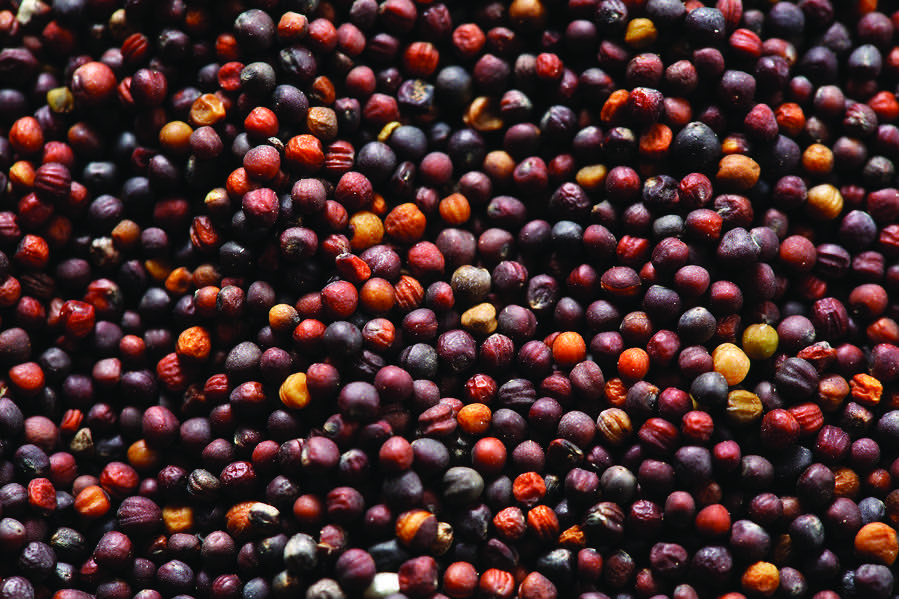The canola market finally showed signs of strength in the first week of March, moving above some key chart points as values stabilized after trending lower for the previous five months.
The May contract climbed above its 20-day moving average, settling above the psychological $600 per tonne mark on March 7. The contract traded consistently below its 20-day moving average for most of the downtrend, and every previous attempt to mount a correction met with stiff resistance.
With no major supportive catalyst from a fundamental standpoint, a sustained rally may be unlikely for the time being, but canola futures could at least hold sideways for awhile, establishing a base.
Read Also

Flea beetle control goes outside the box at Ag in Motion
The stops at the 2025 Ag in Motion farm show feature an entomologist experimenting with trap crops and marigolds as concepts to control flea beetles.
Crop year-to-date canola exports of 3.4 million tonnes compare with 5.3 million tonnes at the same point the previous year. However, as canola futures trended higher, there was talk that China was making purchases. That contributed to price strength, although confirmation was lacking.
Farmers are still thought to be holding large amounts of unpriced canola. Deliveries into the commercial pipeline through 31 weeks of the marketing year are just over 10 million tonnes, which is 8.5 per cent off the year-ago pace, according to Canadian Grain Commission data.
Many producers have likely sold all their old crop canola, but with a fair bit yet to move, any signs of strength in the markets will be met with heavy selling pressure.
The managed money net short position in canola was still at record large levels in early March, but with technical signals starting to brighten, there were signs they could finally be booking profits and taking back some bearish bets.
Chicago soyoil saw a similar pattern as canola during the week. A rally in Malaysian palm oil contributed to strength in the North American vegetable oil markets. Tightening palm oil supplies, in part due to aging plantations, contributed to the gains.
Soybean and corn futures at the Chicago Board of Trade were moving off their own lows in early March, with fund short covering a feature of the buying. Brazil’s soybean crop failed to meet earlier expectations but Argentina saw considerable improvement on the year, so the large South American production in general should weigh on that market as exports pick up. Relatively favourable weather for Brazil’s second corn crop could be another bearish influence.
Wheat futures were lower, hitting contract lows in many months as cheap Russian wheat continued to cut into international demand for higher priced North American supplies. However, Canadian wheat continues to find a home. Crop year-to-date wheat exports through March 3 of 12.8 million tonnes are up by about a million tonnes from the same point last year.




















